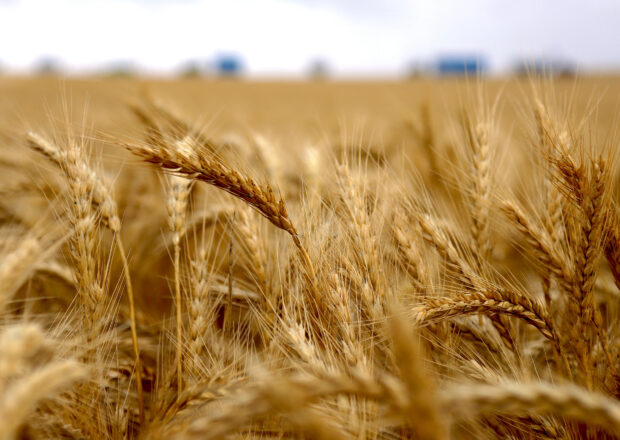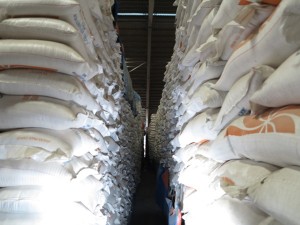
Harvesting machinery can be seen behind a wheat crop in a paddock located on the outskirts of the South Australian town of Jamestown, in Australia. REUTERS/David Gray/File photo
CANBERRA – Australian crop yields could be 4 percent below current levels by 2063, reducing the country’s economic output by A$1.8 billion ($1.2 billion) a year, unless action is taken to mitigate the impact of climate change, Treasurer Jim Chalmers said on Tuesday.
Global warming is leading to hotter and more extreme weather in Australia, one of the world’s largest exporters of agricultural products.
After torrential rainfall in 2022, record temperatures and dry conditions this year have sharply reduced Australia’s projected wheat harvest.
READ: Waterlogged Australian wheat crop faces extensive quality downgrades
“The latest analysis out of Treasury tells us that disasters and a warming climate have big, economy wide effects,” Chalmers told an agricultural conference in Queensland dedicated to drought.
“If further action isn’t taken, Australian crop yields could be 4 per cent lower by 2063 – costing us about A$1.8 billion in GDP in today’s dollars.”
Chalmers said bushfires in 2019 and floods in 2022 had cost the Australian economy around A$1.5 billion each and the government was investing in decarbonization, drought resilience and disaster recovery programs.
“What was $335 million in Commonwealth spending on disaster recovery in 2017-18 has become around $2.5 billion in 2022-23,” he said.
“The pressure of a changing climate and more frequent natural disasters is constant, cascading, and cumulative.”
($1 = 1.5569 Australian dollars)


